KIRSTENBOSCH (Day 4)
We were up early in order to pick up our rental car (a tiny Opel Corsa Lite) as soon as they opened. We promptly headed up to the Rhodes Memorial for great views of the city.

The memorial is built on the side of Table Mountain in honor of Cecil John Rhodes (1853 -1902). Cecil isn't actually buried here but rather in Zimbabwe (which used to be called Rhodesia).

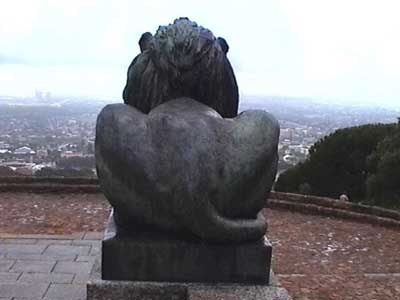

Our next stop was the amazing Kirstenbosch National Botanical Garden. Located at the base of the mountain, it was the largest of eight national botanical gardens in South Africa. The lands, former lumber areas and fruit tree farms, were purchased by Cecil Rhodes in 1895, who then left them to the people of South Africa when he died seven years later. In 1910, Henry Harold Welch Pearson (a professor of botany) proposed the establishement of a botanical garden to conserve the indigenous flora of southern Africa. Kirstenbosch was founded three years later and became the first major botanical garden in the world to be devoted to indigenous plants.
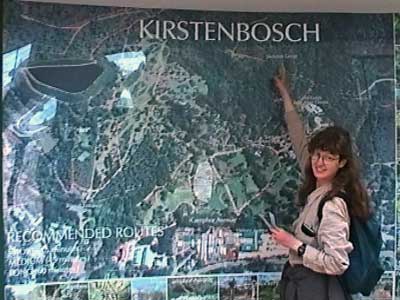
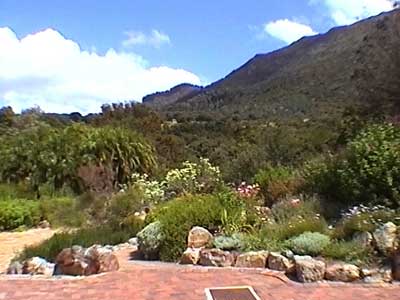
The Cape Flora is considered one of the six floral kingdoms of the world. While the other kingdoms cover vast areas of the world, the Cape Flora is only found within a 35,000 square mile area (or less than 4% of the area of South Africa). It is the only floral kingdom entirely within the bounds of one country and is the smallest and most diverse plant kingdom in the world.
Cape Flora includes several vegetation types. One type is fynbos, an evergreen vegetation adapted to poor soils and periodic fires. These plants are mostly shrubs characterized by hard or small leaves. Southern Africa is also home to almost one-third of the world's succlulents.
Long-term climatic changes have contributed to the evolution of Cape Flora. For the last 26 million years, southern Africa has become cooler and drier, with a seasonal climate. Until 3 million years ago, the entire cape was probably covered with evergreen forests. Then about 1.5 million years ago, aridity reached its peak and a winter rainfall climate became established. The forests shrank and more drought resistant plants spread to take their place. The result was an explosion of different plant types as they all evolved and diversified to sucessfully thrive in varied localized habitats. This area was also periodically isolated from the mainland due to fluctuations of the sea level. These long periods of isolation were responsible for the evolution of the many plant species endemic to the peninsula.
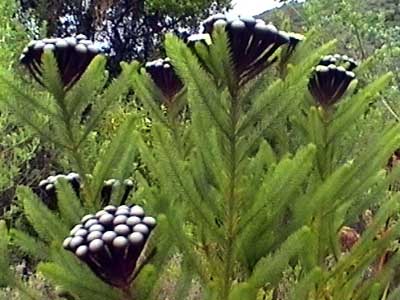


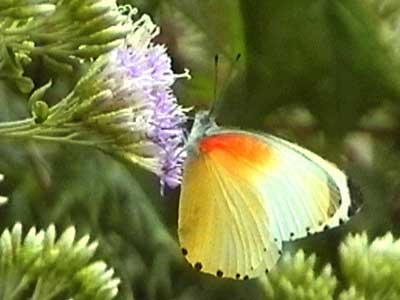
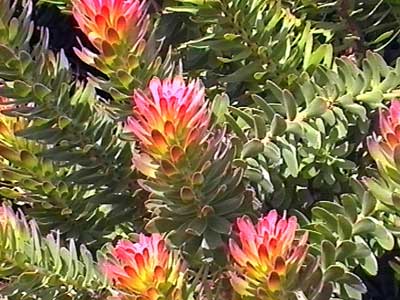
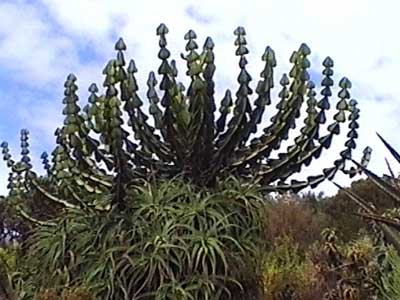
We drove to the lovely town of Stellenbosch in the afternoon and got a room in the Stumble Inn. We wandered a bit around the the quaint downtown, did some grocery shopping and sampled a few more local beers.
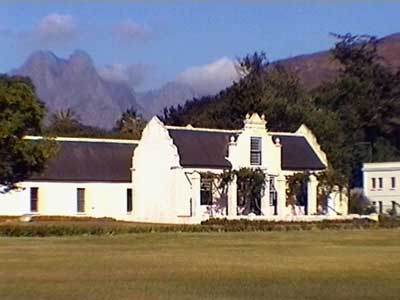
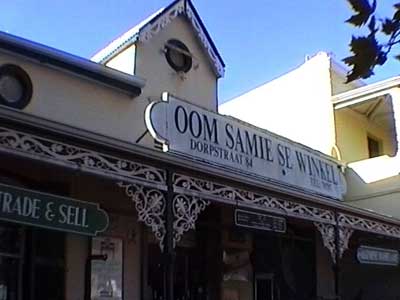
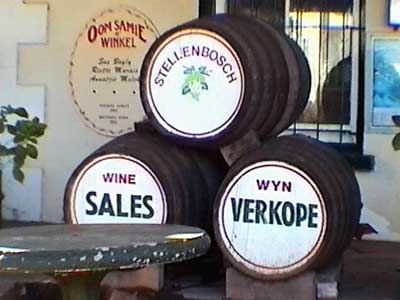


return • continue

